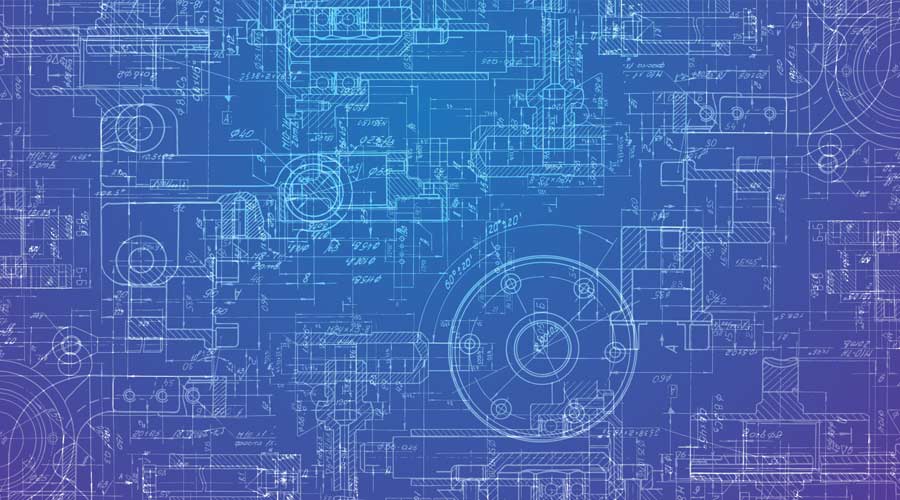
As more and more facilities begin to fully re-open — notably in the office sector — a lot of emphasis has been placed on keeping buildings hygienic and safe for occupants amid elevated levels of scrutiny. While many efforts to do so center on touchpoint disinfection, failing to address indoor air quality (IAQ) can lead to potentially significant problems for occupant wellness — including heart problems, respiratory complications and more. From HVAC maintenance to HEPA filtration, there are many steps facility managers should be taking to make sure IAQ is up to standard regardless of building type.
Aware of its importance, The Biden-Harris administration recently launched the Clean Air in Buildings Challenge, which outlined four best practices for improving IAQ. From there, Newsweek took a deeper dive into these practices and how to most rationally put them to use.
1. Making an Action Plan: Going in without a gameplay makes it likely for a facility to forget key components when trying to improve IAQ. To make sure all the boxes are checked, a third-party is recommended to evaluate equipment, HVAC zones, and a proper maintenance schedule.
2. Ventilation is Key: From using window fans to opening windows when it's feasible, a strong ventilation system is pivotal to preventing health complications. HVAC systems are especially important in larger-scale facilities, while the installation of exhaust fans in bathrooms and kitchens are equally key. It's important to both maintenance and clean the HVAC systems themselves to make sure they aren't the root of pathogen spread.
3. HEPA Filtration: The spread of the SARS-CoV-2 virus which causes COVID-19 can be significantly reduced through the use of HEPA filtration, especially when installed on portal cleaning devices. Studies have shown that the use of HEPA filtration on air cleaning devices can cut the levels of SARS-CoV-2 RNA in half in rooms occupied by recently diagnosed COVID-19 patients.
4. Get Occupants Involved: For all the importance of installing HVAC systems, implementing HEPA filters and having a good filtration plan, an IAQ blueprint can be solidified by communicating the efforts with building occupants. By allowing forums and different ways for occupants to express concerns to make suggestions for improvement, deficiencies can be addressed and people can gain a sense of pride in contributing to a healthy building.
Read more on Biden's Clean Air in Buildings Challenge here.

 The Down and Dirty on Cleaning in Virus Season
The Down and Dirty on Cleaning in Virus Season How Surfactant Use is Expanding in Commercial Cleaning
How Surfactant Use is Expanding in Commercial Cleaning